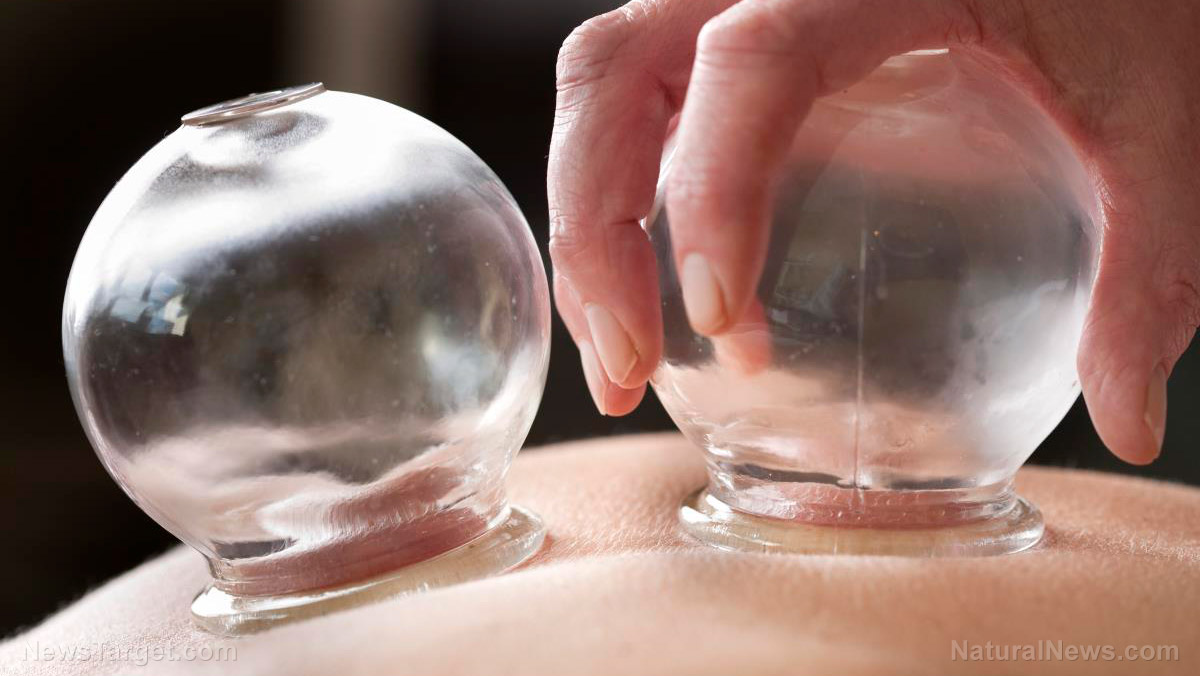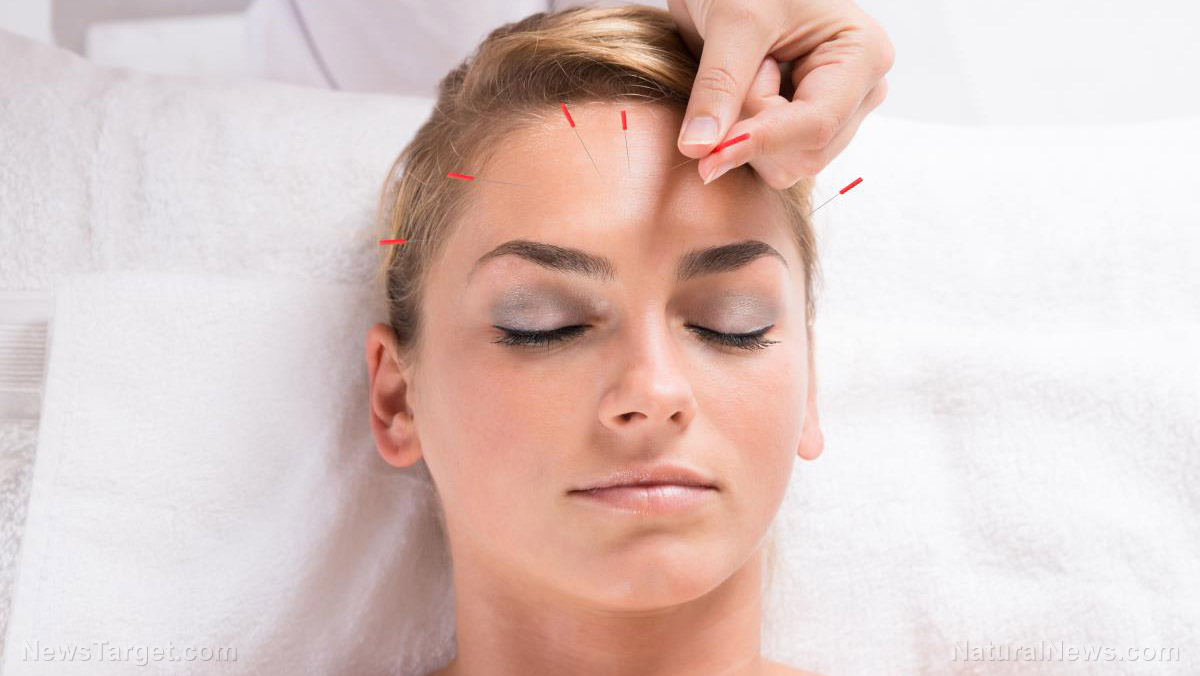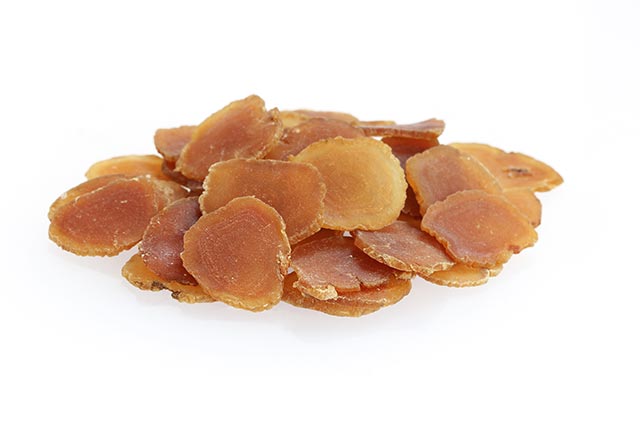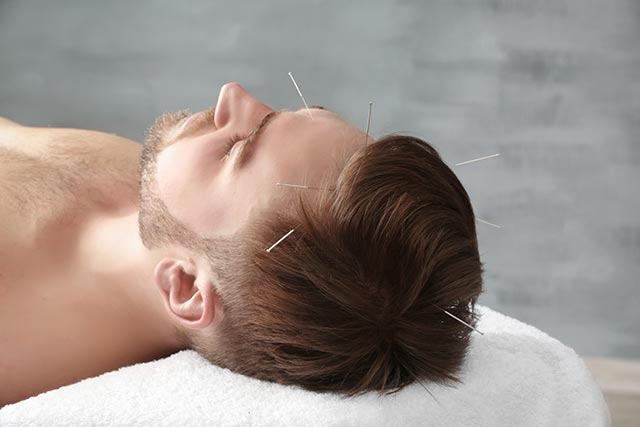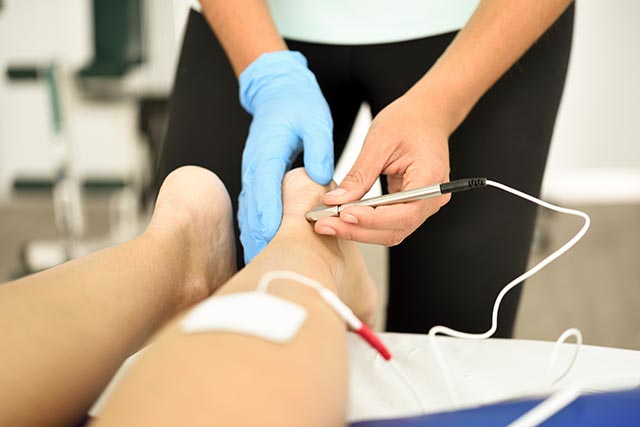Acupuncture confirmed to provide relief from menstrual pain
09/11/2019 / By Michelle Simmons

For centuries, acupuncture has been used for therapy to relieve certain ailments like menstrual pain. In a systematic review and meta-analysis, researchers at Kyung Hee University in South Korea and Dongguk University Los Angeles evaluated the efficacy and safety of acupuncture on primary dysmenorrhea. Their results confirmed that acupuncture provides relief from menstrual pain and is even more effective than non-steroidal anti-inflammatory drugs (NSAIDs).
Painful periods, also known as primary dysmenorrhea, is experienced by 90 percent of women. It is so painful that it commonly causes women to take a day off from work and lower their quality of life. Although conventional treatments for menstrual pain – such as nonsteroidal anti-inflammatory drugs – are available, most of them are ineffective and cause harmful side effects.
The researchers gathered randomized control trials that measured pain intensity and related outcomes to evaluate the effects of acupuncture in women with primary dysmenorrhea. The review included 60 RCTs, while the meta-analysis included 49 RCTs.
The researchers discovered that traditional acupuncture and electroacupuncture were effective in reducing menstrual pain. Traditional acupuncture and warm acupuncture were also found to be more effective than NSAIDs in providing pain relief. According to other studies, the effects of acupuncture remain even after the cessation of treatment.
Overall, these results indicate that acupuncture can relieve menstrual pain and associated symptoms more effectively than NSAIDs. The researchers concluded that acupuncture can be used as an effective and safe treatment for women with primary dysmenorrhea. Their study was published in the journal Medicine. (Related: Acupuncture proven to decrease dysmenorrhea, painful PMS.)
Acupressure helps relieve menstrual pain
If you’re not a fan of needles, you can try acupressure instead. Acupressure is similar to acupuncture in the sense that it also stimulates acupoints to promote healing. However, it does not use hair-thin needles but uses firm pressure to massage the acupoints. A study published in the American Journal of Obstetrics and Gynecology suggested that self-acupressure can reduce menstrual pain.
In recent years, the use of smartphone apps has increased rapidly, and many apps are used as a tool for various health problems and self-management. In the study, researchers from Germany looked at whether app-based self-acupressure is more effective in easing menstrual pain than the standard treatment.
For the study, the researchers recruited 221 participants who were then assigned to either a self-acupressure or a control group for six consecutive menstrual cycles. The control group received an app that provided information about the menstrual cycle, questionnaires, and a diary. Meanwhile, the acupressure group received an app containing the same information, but with added information on acupressure, as well as instructional photos and videos on correctly performing self-acupressure for menstrual pain.
Additionally, the app also featured a timer that guided acupressure group participants to stimulate each acupressure point for one minute before moving on to the next one. It also sent a reminder to perform self-acupressure every day for five days before the expected menstrual period of every participant to enhance adherence to this regimen.
The researchers assessed the average pain intensity, as well as collected data on worst pain, duration of pain, use of pain medication, days of work missed due to menstrual pain, and other information through the app. After six months, control participants were provided instruction in self-acupressure through an app feature that was unlocked after the conclusion of the study.
The results showed the acupressure group experienced greater pain reduction than the control group. They also had greater improvements regarding worst pain intensity, pain duration, and use of pain medication. However, there was no difference between the groups in terms of the number of sick days taken. In terms of suspected adverse events, 15 women in the acupressure group reported bruising and a change in the menstrual cycle.
Overall, the results suggested that although more studies are needed to assess the potential risks and benefits of acupressure for menstrual pain, self-acupressure can decrease menstrual pain intensity and duration and may reduce the need for pain reliever drugs.
For more studies on natural treatments for period pains, visit WomensHealth.news.
Sources include:
Tagged Under: acupressure, acupuncture, alternative medicine, dysmenorrhea, electroacupuncture, healing, menstrual pain, natural cures, natural medicine, Natural Treatments, NSAIDs, pain relief, primary dysmenorrhea, remedies, research, TCM, therapies, traditional Chinese medicines, women's health
RECENT NEWS & ARTICLES
HealingArts.News is a fact-based public education website published by Healing Arts News Features, LLC.
All content copyright © 2018 by Healing Arts News Features, LLC.
Contact Us with Tips or Corrections
All trademarks, registered trademarks and servicemarks mentioned on this site are the property of their respective owners.


